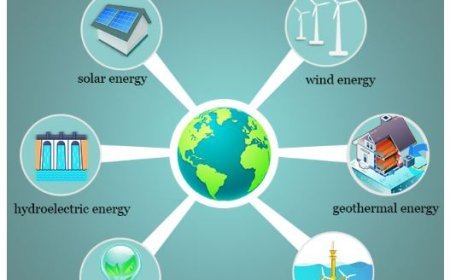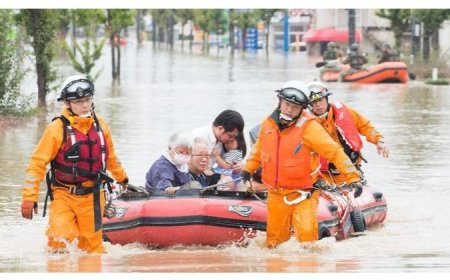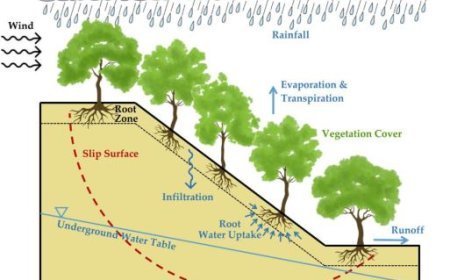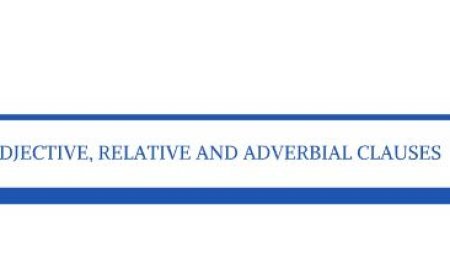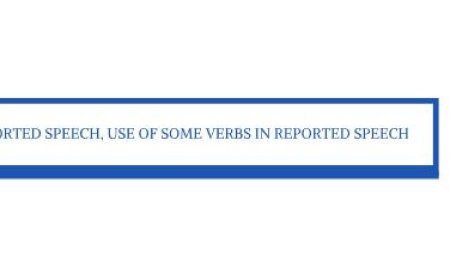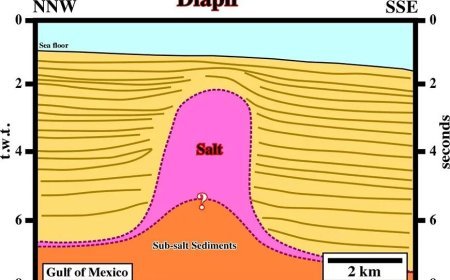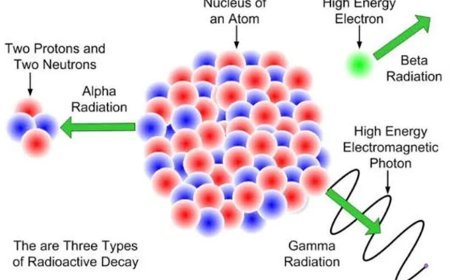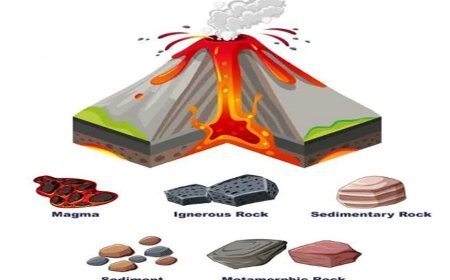TAPHONOMIC PROCESS
Explore the taphonomic processes in geology, which reveal how organisms decay, fossilize, and interact with their environment over time.
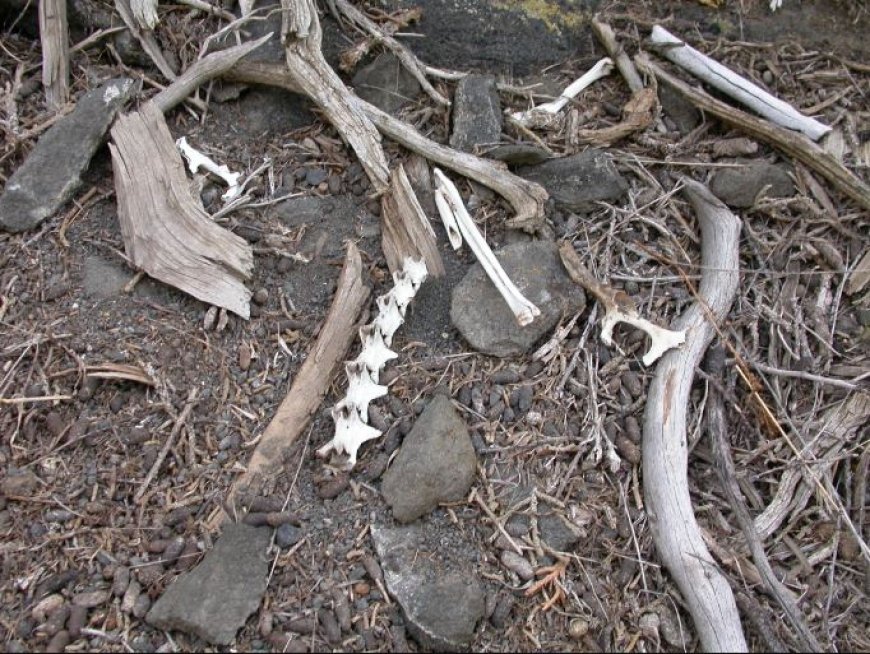
An Overview of Taphonomy
- Taphonomy, a concept introduced by Ivan Efremov, a Russian paleontologist, in 1940, serves as a gateway connecting the fields of paleontology, archaeology, and forensic science.
- Paleontology is the scientific study of the mechanisms that influence the transformation of organic matter from death to fossilization, identifying the components that are included in the fossil record and those that are lost due to decomposition.
- Comprehensive knowledge of taphonomic processes is essential for the reconstruction of historical events and the interpretation of fossil and archaeological findings.
Processes occurring before burial: Scavenging and decay
- Following death, organisms promptly undergo the taphonomic process.
- The process of scavenging, which involves the extraction of soft tissues by carnivores, insects, or other creatures, has a substantial effect on preservation.
- Biological decay refers to the process of organic materials being broken down by microbes.
- Key determinants of decay rates include oxygen availability, temperature, and moisture content.
- Accelerated degradation rates in aquatic settings are attributed to heightened microbial activity.
- Disarticulation, the division of skeletal components, arises from natural phenomena such as currents or scavenging forces.
The phenomenon of breakdown and its consequences
- Representation of remains in the fossil record may be greatly modified by disarticulation.
- Disarticulation in terrestrial habitats arises mostly from scavenging activities, but in aquatic environments, currents and sedimentation have a more significant impact. This procedure has the potential to result in the depletion of vital data for paleontologists and archaeologists, therefore posing difficulties in the reconstruction of past ecosystems and civilizations.
- The processes of burial: sedimentation, compaction, and diagenesis
Interment is a crucial phase in the phonomic process. - The process of sedimentation, which involves the accumulation of sediment layers, serves to safeguard remains from further disruption.
- Compaction, the process of compressing sediments, may cause distortion or fragmentation of archaeological artifacts.
- The process of diagenesis, which is the conversion of silt into rock, impacts preservation.
- Metamorphosis, lithification, and other diagenetic processes may modify the chemical makeup of fossil remains.
- Post-Burial Processes: Land erosion, weathering, and anthropogenic activities
- Post-burial procedures have the potential to reveal or impair remains.
- Erosion, the systematic process of sediment removal, has the potential to reveal buried remains.
- Weathering, the process of rocks and minerals breaking down as a result of exposure to the elements, further modifies physical remnants.
- Human actions like excavation, collecting, and curation have a substantial influence on the preservation and interpretation of materials.
Taphonomic processes in biology: plant roots, insects, and microbes
- Biological agents have a substantial role in phonomic processes.
- The disarticulation or destruction of plant roots, as well as the contribution of insects such as beetles and flies to decomposition, are observed phenomena.
- Microscopic organisms are essential in the process of decomposition, which involves the breakdown of organic material. These biological activities may take place either before or after burial.
Processes of Physical Taphonomy: Transport of Water and Processes Driven by Gravity
- Physical mechanisms also influence the route of taphonomic evolution.
- Water transportation has the ability to transfer remains across great distances, therefore placing them in distinct settings.
- Gravity-induced phenomena such as sedimentation, erosion, and landslides affect the orientation and location of dinosaur bones.
- The orientation and location of remnants may be modified by tectonic action.
- Chemical Taphonomic Processes: Chemical reactions including oxidation, hydrolysis, and diagenesis.
- Chemical processes impact the preservation of organic materials.
- Oxidation modulates the process of fossilization, while hydrolysis decomposes organic compounds.
- Diagenetic processes convert organic materials into chemicals that may be fossilized. These chemical processes take place continuously throughout the phonomic process.
Implications of Taphonodomics: An Analysis of Fossil Record Bias and Paleoenvironmental Reconstruction
- Taphonomic procedures add biases into the fossil recording, therefore affecting the preservation of certain information. This impacts the reconstruction of paleoenvironments and profoundly influences our comprehension of ancient ecosystems.
- Through the analysis of taphonomic processes, scientists may enhance their interpretation of fossil data.
Applications of Taphonomy in Forensic Investigation
- Fundamental concepts of taphonomy assist in forensic investigations. Investigators may compute post-mortem intervals and recreate crime scenes by comprehending decomposition rates, scavenger activity, and environmental variables.
What's Your Reaction?









